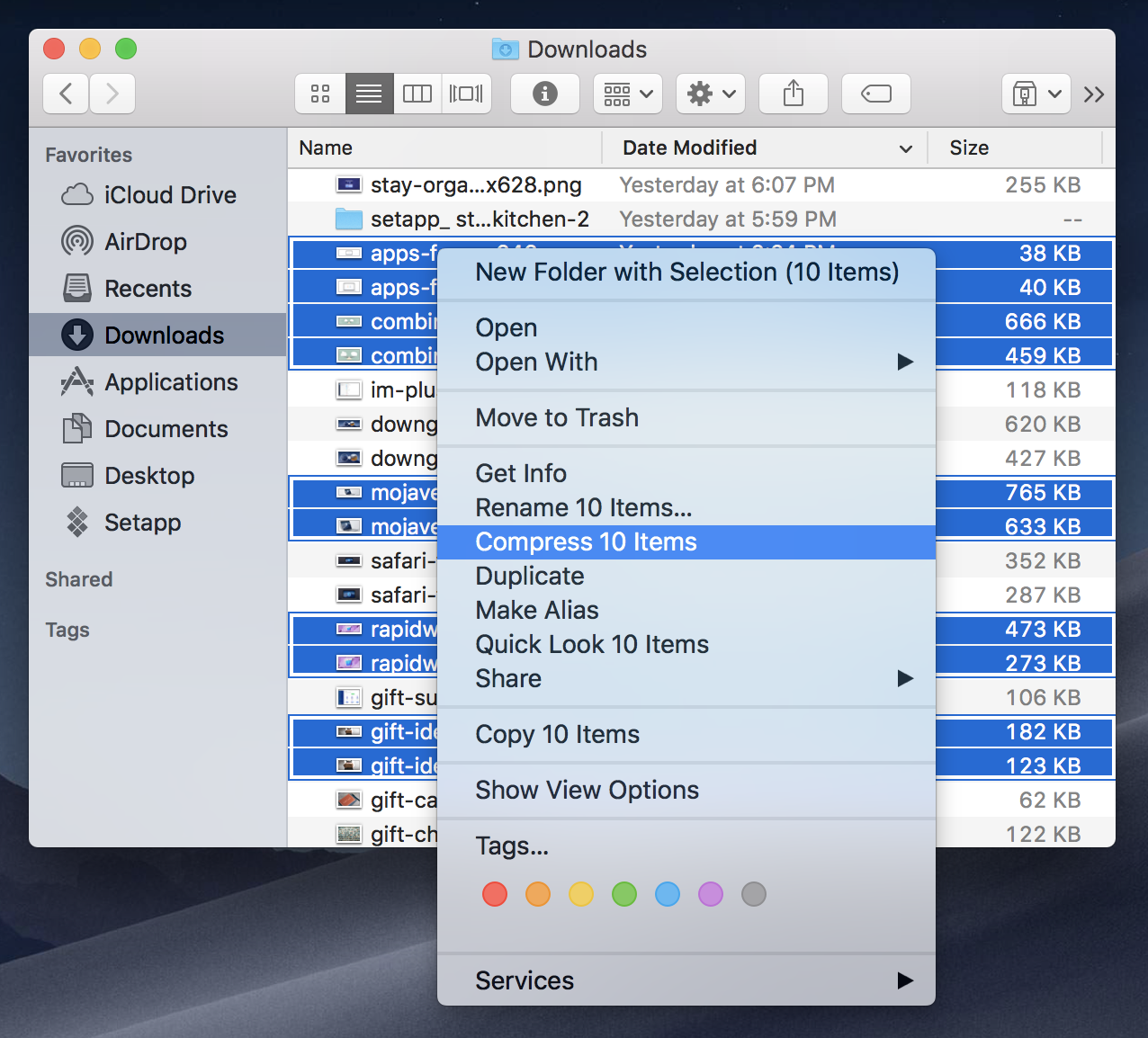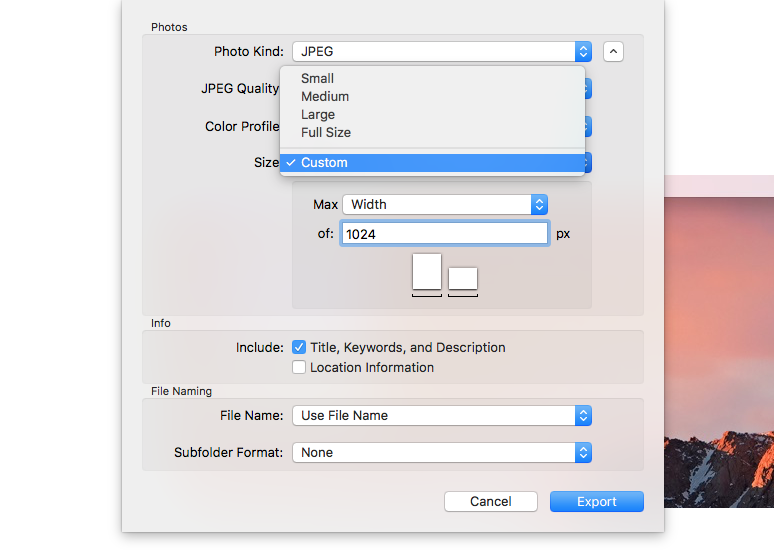Zip -r archivename.zip foldertocompress. Unzip archivename.zip. If you want to make a zip without those invisible Mac resource files such as 'MACOSX' or '.Filename' and.ds store files, use the '-X' option in the command so: zip -r -X archivename.zip foldertocompress TAR.GZ – Cross Platform. VLC Media Player: Among many popular media viewing and editing apps available these days, it's. Open the iMovie app on Mac. Select the Create New icon to create a new project. Use the File menu to Import Media or drag and drop your files right into the app. To compress the video, go to the File menu and select Share. When compressing, do not save the original file name and time stamp by default.-N -name: When compressing, always save the original file name and time stamp; this is the default.r -recursive: Travel the directory structure recursively.-S.suf -suffix.suf: Use suffix.suf instead of.gz. Download zuma revenge full version for free mac. Our powerful image compression tool that makes it easy to reduce the file size of different image files such as PNG, JPG, GIF, SVG, and more.
Matt Cone January 8, 2021 TutorialsMac
If you own a Mac, you'll eventually need to transfer files and folders to others. To do that, you're going to want to shrink - or compress - the files so they take up the least amount of space possible. That way, it will be easy to move your files via email, FTP, or even with an instant messaging application.
In the past, Mac users had to rely on an expensive application called Stuffit to compress files and folders. Bluestacks mac os multiple instances. That application's still around, but it's no longer necessary the way it once was. In fact, macOS has built-in features that allow you to compress - or zip - files and folders on the spot. You can also uncompress zipped files and folders - it's all built into macOS.
Here's how to compress files and folders on your Mac:
Locate the file or folder you want to compress. You can select multiple files and folders by holding down the Shift key (for multiple items) or the Command key (for several individual items) and clicking.
After you've selected the files and folders, right click on them, and then select Compress.
A window may appear indicating that your Mac is compressing the files or folders. Depending on the size of the files or the folders, this could take a couple minutes.
Once your Mac has finished compressing the files or folders, you'll see a nice little zip file. This contains all of the files and folders you selected to be compressed. Just send this to your Mac- or PC-using friends - they'll be able to open it. All Mac users have to do to open the zip file is double-click it!
How Small Can You Make the Files?
How much space can you save by compressing? That depends on the type of files you're trying to compress. Generally speaking, a zip file will be about 10% smaller than all of the files were before they were compressed. This feature works best with medium size files - compressing lots of small files or one or two big files won't save you much space.
Related Articles

Compress Files Mac Os

Compress Files Mac Os
Compress Files Mac Free
Subscribe to our email newsletter
Compress Files Mac
Sign up and get Macinstruct's tutorials delivered to your inbox. No spam, promise!

